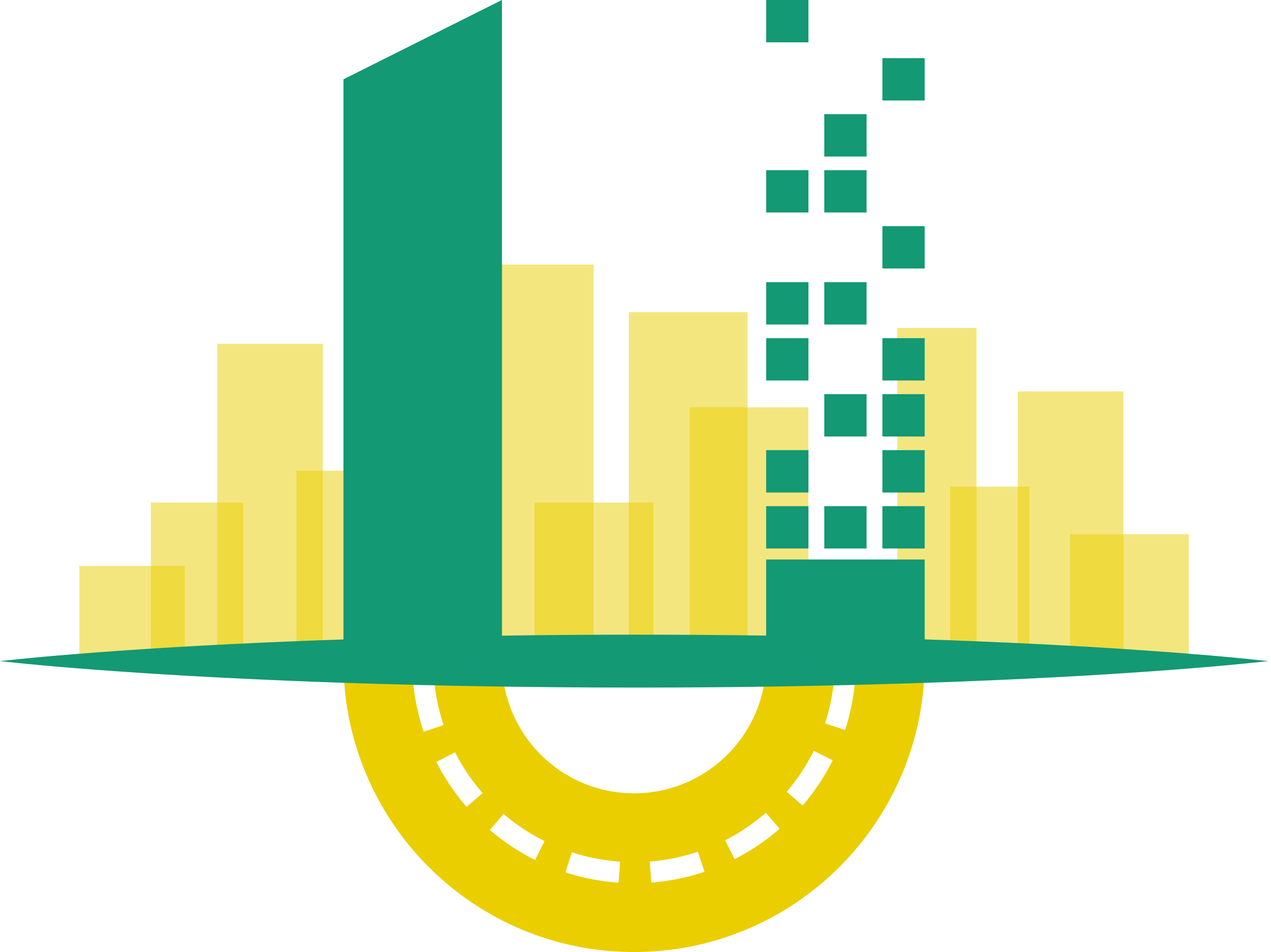General challenges in mobility management for Bilbao Use Case.
In the last 25 years Bilbao has suffered an important urban transformation from an industrial economy with heavy industry and harbour facilities to a city based on a service economy. This has helped to balance the city and provide a friendly environment for pedestrians with wider pavements, reduction of on-streetcar parking in the city centre, traffic light control system to cater for pedestrians, promenades for walking and cycling. Today, 65% of internal movements are produced on foot. In the framework of the Intelligent Transport System Plans of the city, Bilbao’s investments have been oriented towards the promotion of public transport, user-centric information services (open data policy integrating static and dynamic standardized information), the improvement of safety and reduction of traffic congestion (new traffic management systems) and pollution.
In the context of the Sustainable Urban Mobility Plans (SUMP), the city has carried out some initiatives like “Bilbao 30” aiming at reducing traffic and pollution by favouring bike mobility, by promoting Electric Vehicles (EVs) with a new e-bike sharing service and grants for the acquisition of EVs, by replacing some of BilboBus fleet with e-buses, and so on.
Bilbao open data policy aims to promote the development of user-centric mobility services. The city manages the information related to the transport network that they are responsible of but in the city there are other mobility service providers (public and private) that produce data related to other transport modes and their uses. This distributed and non-standardized data approach brings to a misuse of information which cannot be leveraged to really understand the mobility patterns of the city and to support the identification of better policies and the implementation of suitable mobility services. Despite the fact that public sources have now been identified, other data for additional operators is expected. Here is an opportunity to explore in the short time.
One of the great challenges for the definition of the use case of Bilbao is the need to capture scattered data, so that a mobility model can be created in which diverse sources are integrated and actions can be developed based on data and oriented towards the achievement of city objectives. Having up-to-date data sources will allow the monitoring of the different indicators linked to the Sustainable Urban Mobility Plan (SUMP) for the horizon 2030. This way, among the different proposals to reach a specific objective, the one that better supports the goal can be selected e.g. reducing air and noise pollution, improving safety by reducing accidents and fatalities, guaranteeing universal accessibility or improving energy and transport (passengers and goods) efficiency. For Bilbao City main objectives to focus on are the reduction of pedestrian travel times, rebalance of the space on the street between different uses and the reduction of car use. The importance and value here is to have more public space for pedestrians and cyclists, reduce noise pollution, decrease the number of traffic lights and improve accessibility.
In the above context, there are also other socio-economic and cultural factors that need to be taken into consideration as they influence the choices of citizens regarding mobility and technical services , these may not be considered in mobility and urban planning but require the right level of attention. It is in this regard that Bilbao City, supported by URBANITE multi-disciplinary approach, is taking the first steps towards understanding factors and effects, both on citizens and civil servants, of using disruptive technologies to support decision-making processes in the field of urban planning and mobility.
Last January, the first Sopolab Session for Bilbao City took place where different stakeholders were involved to share their knowledge, experience and contributions. An approach like the one promoted and implemented through URBANITE, where tools support the final users to take part in the design and implementation of solutions since the early phases, could be a qualitative leap towards policy makers who become more agile in the generation of policies.

